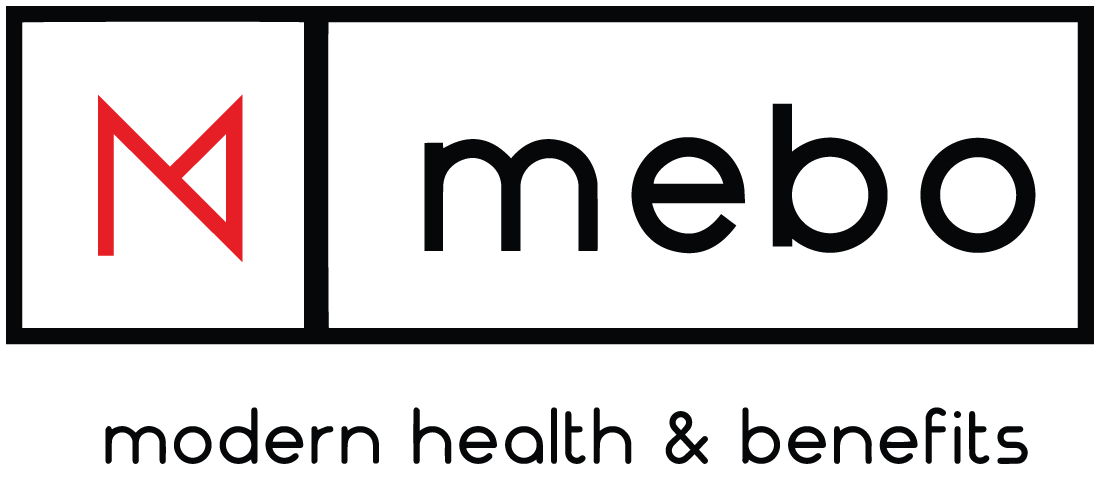Helping Employees Build Resilience
Over the past few years, employers have increased their focus on mental health. In addition to offering mental health benefits, many employers also work towards building resilience in the workplace. Building resilience can help protect employees from mental health conditions like depression and anxiety. Resilience can also help offset factors that may increase the risk of serious mental health conditions.
Employee Mental Health
Mental health includes an individual’s emotional, psychological, and social well-being. The quality of a person’s mental health helps determine how they handle stress and relate to others. Poor mental health can impact a person’s ability to make healthy choices. It can affect productivity and impair personal and professional relationships. Mental health disorders can also affect physical health, increasing the chance of missed workdays.
Everybody faces trauma, adversity, and stress at some point in their life. According to a 2019 study by Gallup, 55% of Americans experience stress on a daily basis. This is 20% higher than the world average. Building resilience may help employees better handle life-changing and stressful situations.
Encourage Employees to Take Time for Self-Care
With so much going on, it’s not uncommon for employees to put self-care on the back burner. Unfortunately, many people view self-care as a luxury instead of a necessity. This is a big reason why so many people feel overwhelmed and run down. It’s crucial that employers encourage employees to take some time for self-care. Even a few minutes of mindful breathing can have a big impact on mood and resilience.
Keep Teams Connected
Although in-person meetings might not take place like they used to, it’s still important for employers to encourage regular team meetings. Weekly meetings provide an opportunity for employees to share their feelings and brainstorm solutions to problems.
View Challenges as Opportunities
Mistakes happen and everyone experiences difficulties from time to time. Instead of focusing on what went wrong, employers should encourage employees to view challenges as a chance for growth. This can help employees develop new solutions to old problems. It can also improve the way they view difficult situations in the future.
Provide Access to Mental Health Services
It’s important that employers inform employees of the mental health benefits and services available to them. Employers may choose to provide information on accessing care and resources.
Employee Benefit Specialist
As workplace stress levels rise, it’s crucial that employers offer employees the support they need. At MEBO, we help employers develop customized employee benefit plans. Please contact us to schedule a consultation.










